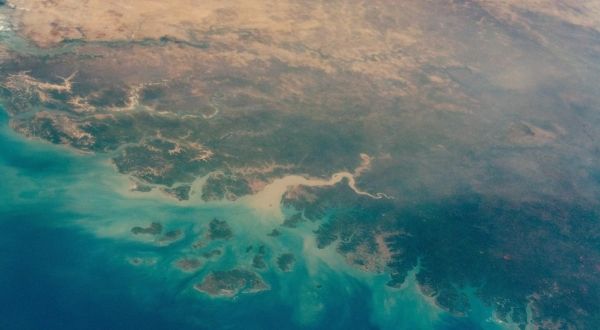Scientists from NASA’s Goddard Space Flight Center in Greenbelt, Maryland, and international collaborators demonstrated a new method for mapping the location and size of trees growing outside of forests, discovering billions of trees in arid and semi-arid regions and laying the groundwork for more accurate global measurement of carbon storage on land.
Using powerful supercomputers and machine learning algorithms, the team mapped the crown diameter – the width of a tree when viewed from above – of more than 1.8 billion trees across an area of more than 500,000 square miles, or 1,300,000 square kilometers. The team mapped how tree crown diameter, coverage, and density varied depending on rainfall and land use.
Mapping non-forest trees at this level of detail would take months or years with traditional analysis methods, the team said, compared to a few weeks for this study. The use of very high-resolution imagery and powerful artificial intelligence represents a technology breakthrough for mapping and measuring these trees. This study is intended to be the first in a series of papers whose goal is not only to map non-forest trees across a wide area, but also to calculate how much carbon they store – vital information for understanding the Earth’s carbon cycle and how it is changing over time.
Read more at: NASA/Goddard Space Flight Center
An astronaut aboard the International Space Station (ISS) took this oblique photograph that shows most of the West African country of Guinea-Bissau, along with neighboring Guinea, The Gambia and Senegal, and the southern part of Mauritania. This scene stretches from the green forest vegetation and wet climates of the Atlantic coast to the almost vegetation-less landscapes of the Sahara Desert. (Photo Credit: NASA)


